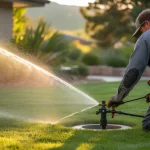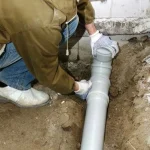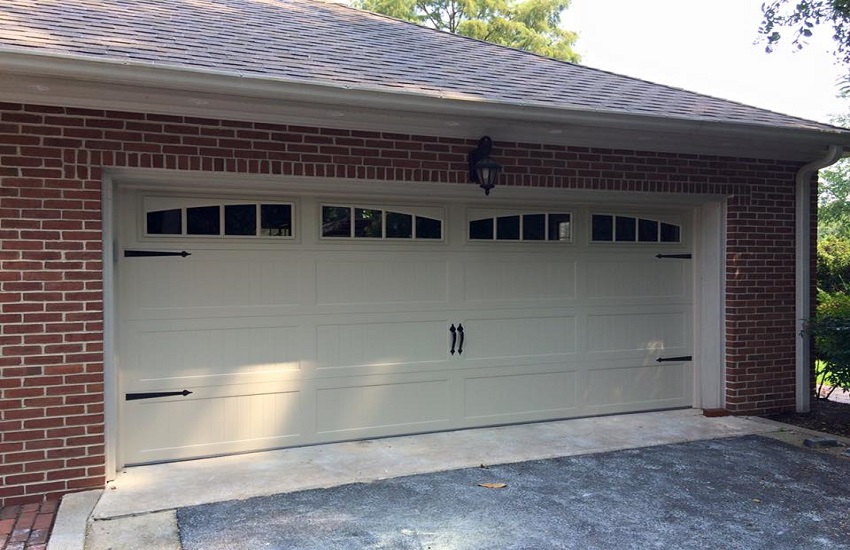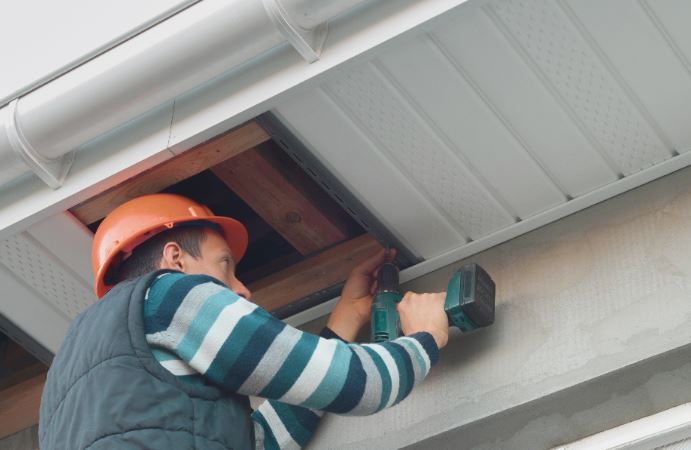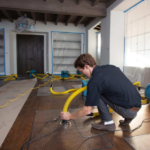A water heater gas leak can be dangerous if not addressed quickly. While rare, gas leaks pose severe health and safety risks if combustible gases are allowed to accumulate indoors. As a homeowner, it’s important to know the signs of a potential leak and how to properly inspect your water heater for issues.
Taking a proactive approach to maintenance and safety checks can help catch small problems before they escalate. In this guide, I’ll outline the key things to look out for that may indicate a water heater gas leak.
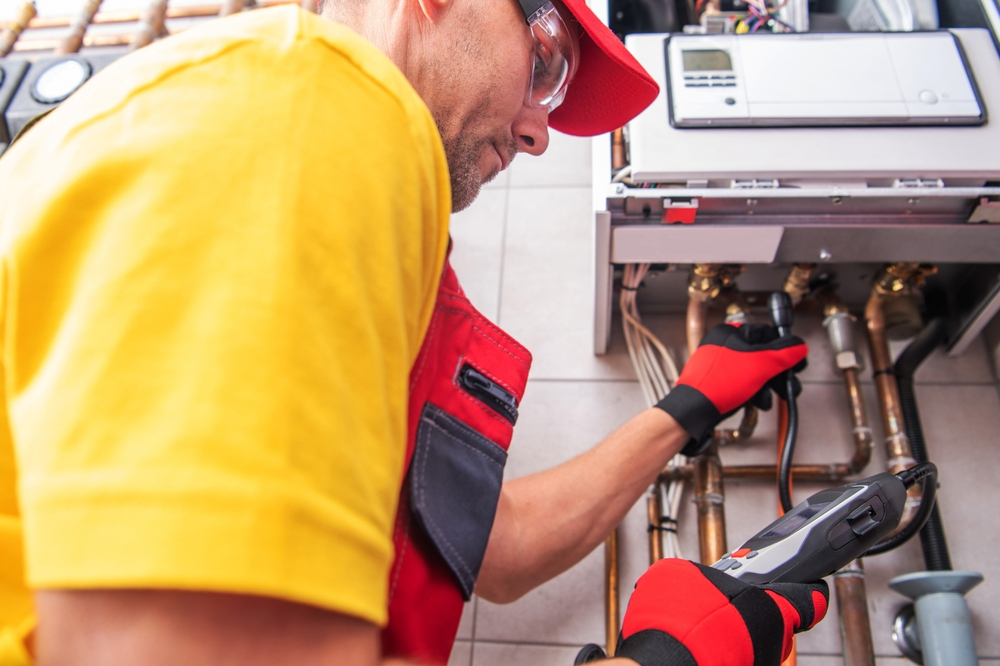
Content
Smell Gas Near the Water Heater
The most apparent sign is smelling gas around your water heater. Natural gas has a distinct, pungent odor that is intentionally added so leaks can be detected. If you notice this smell, especially around the unit’s bottom, sides or vent pipe, it warrants further investigation. Pay attention to any unusual or strong chemical smells as well. Trust your nose – if you suspect gas, leave the area immediately and call a professional.
Yellow or Orange Flames in the Burner Viewing Window
Most water heaters have a small window to view the burner flame. Normal flames should be blue with perhaps a hint of yellow at the tips. Solely yellow or orange flames could mean insufficient combustion air is reaching the burner, a potential sign of a venting issue. Check that the flame pattern looks uniform and the window is free of obstructions or corrosion.
Rumbling or Vibrating Noises
Listen and feel for any new rumbling, vibrating or knocking sounds from the water heater, especially during the ignition cycle. Abnormal noises could indicate problems with the burner, heat exchanger, or gas valve. Pay attention to changes from the unit’s typical operating noise level. Loud, repetitive knocking may mean combustion gases are backing up.
Spots, Stains or Discoloration
Look for signs of moisture, corrosion or rust around the base and venting of the water heater. White powdery spots could indicate combustion gases are condensing due to improper venting. Rust trails or staining on the outside of the unit near gas connections and pipes may point to a small leak.
Drops in Water Pressure
If you notice lower than normal water pressure from your fixtures, especially the hot water side, it could be a sign a water heater gas leak is occurring. A leak big enough to impact water flow warrants professional inspection and repair. Monitor any pressure changes closely.
Performing the Soap Test
To properly check for a water heater gas leak, you’ll need to perform a “soap test.” Turn off the gas supply valve to the water heater and shut off the unit’s power or gas control switch. Open the drain valve slightly to release pressure. Make a solution of liquid dish soap and water in a spray bottle. Spray connections, pipes, and seams where gas contacts the unit. If bubbles appear it indicates a leak – do not relight and call a professional.
Regular safety checks of your water heater and annual maintenance by a qualified technician can help prevent dangerous gas leaks and carbon monoxide poisoning. Don’t ignore any suspicious signs – immediately contact an expert for evaluation and repairs. Taking proactive steps to inspect for leaks is well worth the time investment to keep your home safe.

I am Donovan and my love is writing about home improvement. I write mostly about home ideas, but also share some tips and tricks that can make your life easier when it comes to getting things done in the house.
